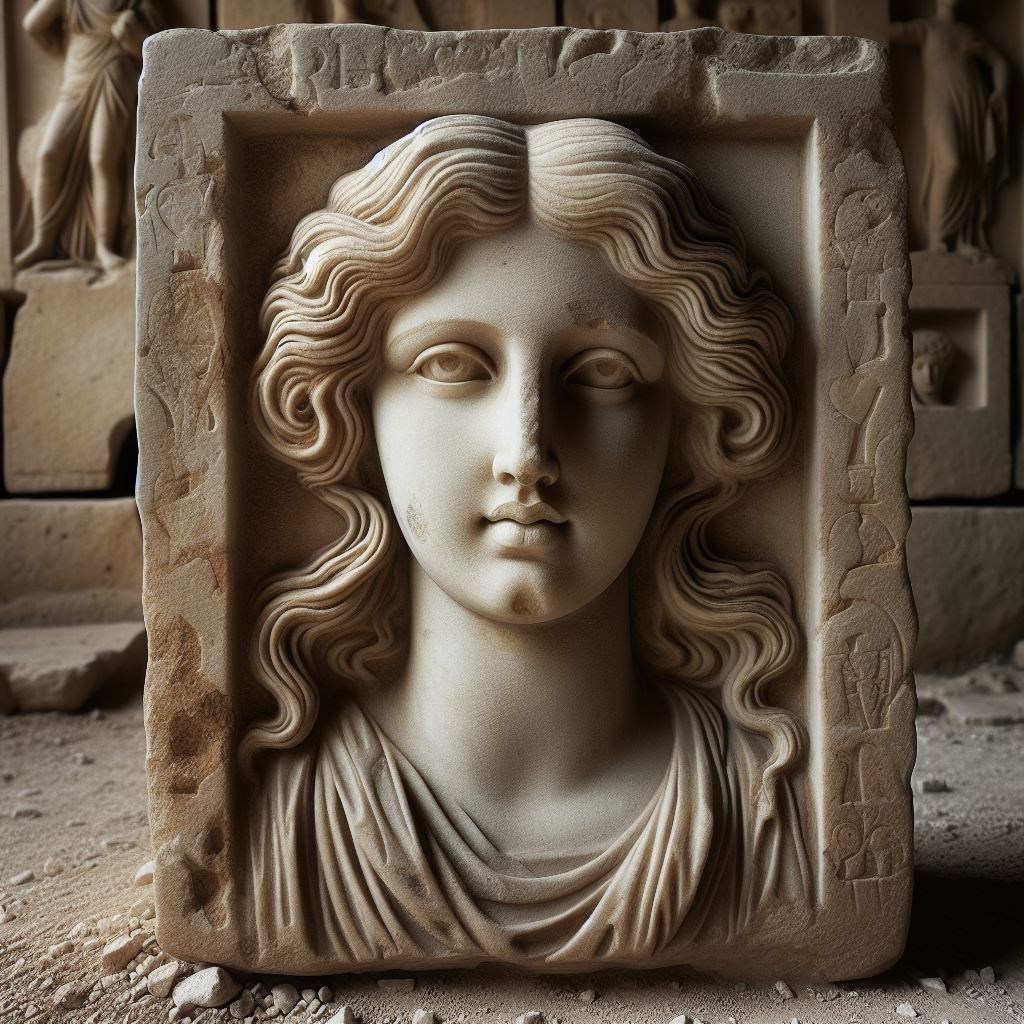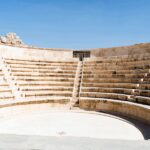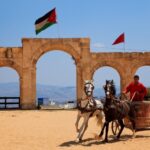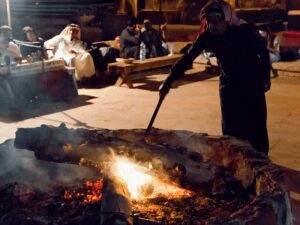
Funerary portraits in Roman Jordan offer a timeless glimpse into the aspirations of the departed, serving as enduring testaments to their desires for remembrance. From stelai to busts, these artifacts not only reflect individual tastes and financial means but also mirror the societal values and religious customs prevalent during the Hellenistic and Roman eras. In Jordan, diverse factors converged to shape a rich archaeological tapestry, with funerary portraits adorning tomb façades, sarcophagi, and frescoes, each medium offering a unique canvas for commemoration. While evidence of Hellenistic funerary portraits in Jordan remains elusive, excavations in sites like Gadara have unearthed sculptural ornaments such as sphinxes and lions, intended to safeguard tombs. Notably, Petra boasts some of the oldest preserved funerary portraits, carved into rock-cut façades dating from the 1st century BC to the late 1st century AD. These include iconic structures like the Obelisk Tomb and the Urn Tomb, each bearing testament to the artistic prowess and cultural milieu of the Nabataean civilization. Beyond Petra, funerary portraits are rare but significant, with examples found in locales like Abila Quwayliba and the ‘Al-Kahf’ funerary complex near Amman. The corpus of funerary portraiture in Roman Jordan, meticulously assembled by scholars, comprises 219 items, with notable concentrations in cities like Abila and Gadara. This disparity among Decapolitan cities underscores distinct preferences for funerary self-representation, reflecting unique trends and aesthetic sensibilities within each polis. The enduring legacy of funerary portraiture in Roman Jordan highlights the permeation of Classical visual language and the vibrant interplay between local and broader Mediterranean aesthetics. Through these artifacts, we glimpse not only the individuals commemorated but also the cultural tapestry of a bygone era, echoing across time and space.







